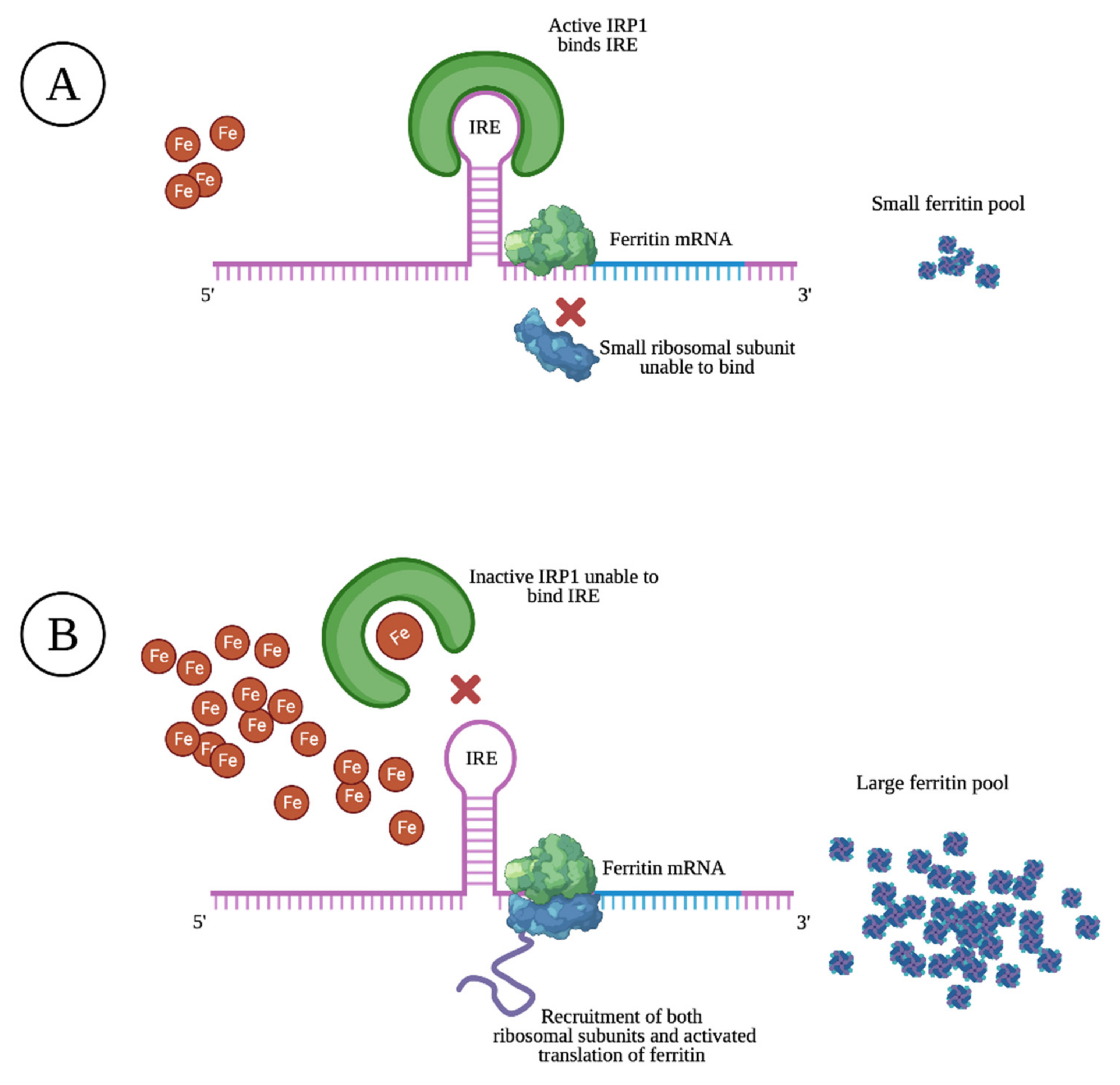

Germline mutation in ATR in autosomal- dominant oropharyngeal cancer syndrome. Cancer risks and mortality in heterozygous ATM mutation carriers. Incidence of cancer in 161 families affected by ataxia-telangiectasia. In this paper it is shown, using Atm -knockout mice, that ATM plays a role in the DDR to ionizing radiation. Dual roles of ATM in the cellular response to radiation and in cell growth control. DNA repair/pro-apoptotic dual-role proteins in five major DNA repair pathways: fail-safe protection against carcinogenesis. Here, the authors demonstrated a direct link between nuclear caspase 2 and the apoptosis-triggering nuclease CAD.īernstein, C., Bernstein, H., Payne, C. Caspase-2 cleaves DNA fragmentation factor (DFF45)/inhibitor of caspase-activated DNase (ICAD). Apoptosis and autophagy: regulation of apoptosis by DNA damage signalling - roles of p53, 73 and HIPK2. ATM promotes apoptosis and suppresses tumorigenesis in response to Myc. Having pancreatic cancer with tumoral loss of ATM and normal TP53 protein expression is associated with a poorer prognosis. ATM mutations in sporadic lymphoid tumours. Contribution of ATM and ATR to the resistance of glioblastoma and malignant melanoma cells to the methylating anticancer drug temozolomide. γ H2AX is currently the most sensitive marker for DSBs and blocked replication forks.Įich, M., Roos, W. Identification of a specific marker of DSBs, namely, the phosphorylated form of H2AX ( γ H2AX), greatly stimulated research on DNA damage. DNA double-stranded breaks induce histone H2AX phosphorylation on serine 139. DNA–protein crosslink repair: proteases as DNA repair enzymes. Topoisomerase-mediated chromosomal break repair: an emerging player in many games. The translesion polymerase Rev3L in the tolerance of alkylating anticancer drugs. Ring finger protein 146/Iduna is a poly(ADP-ribose) polymer binding and PARsylation dependent E3 ubiquitin ligase. Oxidative stress initiates DNA damager MNNG-induced poly(ADP-ribose)polymerase-1-dependent parthanatos cell death. Poly(ADP-ribose) signaling in cell death. Virag, L., Robaszkiewicz, A., Rodriguez-Vargas, J. DNA double-strand breaks trigger apoptosis in p53-deficient fibroblasts. PIDD death-domain phosphorylation by ATM controls prodeath versus prosurvival PIDDosome signaling. An oncogene-induced DNA damage model for cancer development. Causes and consequences of replication stress. DNA breaks and chromosomal aberrations arise when replication meets base excision repair. MGMT: key node in the battle against genotoxicity, carcinogenicity and apoptosis induced by alkylating agents. Balancing repair and tolerance of DNA damage caused by alkylating agents. DNA repair pathways as targets for cancer therapy. Helleday, T., Petermann, E., Lundin, C., Hodgson, B. Cell death and survival signaling in oncogenesis.

DNA damage-induced cell death by apoptosis. Genome maintenance mechanisms for preventing cancer. DNA damage-induced cell death: from specific DNA lesions to the DNA damage response and apoptosis. Oxidatively generated complex DNA damage: tandem and clustered lesions.

Wavelength dependence of oxidative DNA damage induced by UV and visible light. Reactive oxygen and nitrogen species as signaling molecules regulating neutrophil function. DNA damage induced by endogenous aldehydes: current state of knowledge. P., Anestopoulos, I., Franco, R., Panayiotidis, M. In this Review, we describe key decision-making nodes in the complex interplay between cell survival and death following DNA damage.

Understanding the molecular basis of these pathways is important not only for gaining insight into carcinogenesis, but also in promoting successful cancer therapy. Furthermore, they determine the outcome of cancer therapy with genotoxic drugs. The pathways that dictate cell fate are entwined and have key roles in cancer initiation and progression. The decision between cell survival and death following DNA damage rests on factors that are involved in DNA damage recognition, and DNA repair and damage tolerance, as well as on factors involved in the activation of apoptosis, necrosis, autophagy and senescence. Cells respond to DNA damage by activating complex signalling networks that decide cell fate, promoting not only DNA repair and survival but also cell death. DNA is vulnerable to damage resulting from endogenous metabolites, environmental and dietary carcinogens, some anti-inflammatory drugs, and genotoxic cancer therapeutics.


 0 kommentar(er)
0 kommentar(er)
